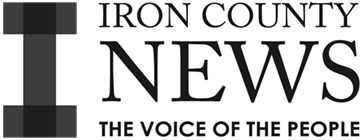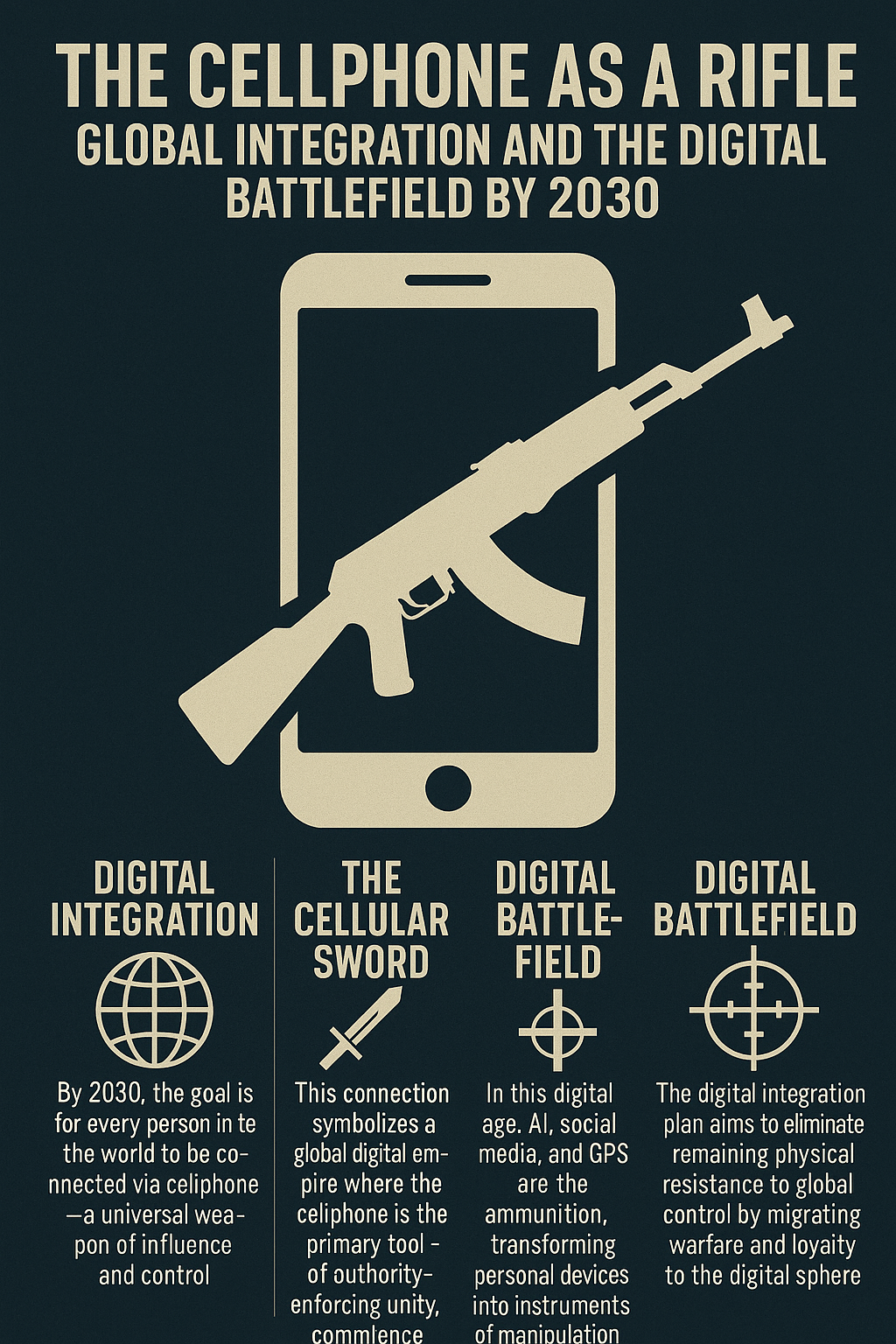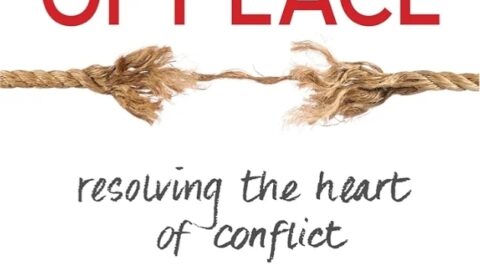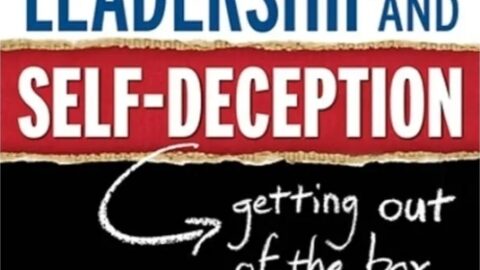By 2030, the world will be shaped not by tanks or treaties, but by towers, fiber-optics, and tiny handheld devices. The war for integration won’t be fought with bullets — but with bandwidth.
Introduction: From Isolation to Integration
When Thomas P.M. Barnett described the cellphone as a “rifle” of globalization, he wasn’t joking. Just as a rifle once pierced borders and expanded empires, the cellphone now infiltrates closed societies, undoes dictatorships, and empowers forgotten populations — all with a signal.
As we move toward 2030, the digital divide is closing, but not without friction. With every new smartphone in a rural hand comes opportunity — and disruption. This article explores the trajectory of mobile and internet penetration in the next five years, especially across the “non-integrated gap” (Africa, Central Asia, parts of the Middle East, rural South Asia, and Latin America). It also examines the political, economic, spiritual, and philosophical implications of this quiet revolution.
The Numbers: Where We’re Headed by 2030
Global Internet Access by 2030:
- 2024: ~68% of the global population is online.
- 2030 Projection: 88–90% connected, with 5.7–6 billion unique users.
- Remaining 10–12%: The most remote, authoritarian, or impoverished pockets of humanity — often resistant by design.
Smartphone Penetration:
- 2024: ~7.4 billion smartphones in use.
- 2030 Projection: Over 9 billion smartphones, exceeding the number of adults on the planet due to multiple device ownership.
Economic Transformation:
- Universal mobile broadband in low- and middle-income countries could add $2 trillion to global GDP and create 140 million new jobs (World Economic Forum).
- Fintech, mobile money, and decentralized banking will empower billions outside traditional financial systems (e.g., M-Pesa in Africa, India’s UPI system, crypto wallets in authoritarian regimes).
The Geography of Integration
Africa:
- Mobile-first societies will dominate.
- 4G and 5G rollout in key urban hubs, with satellite and balloon internet (e.g., Starlink, Project Loon) bridging rural deserts.
- Digital literacy will remain the bottleneck unless education systems adapt.
India:
- 630,000 villages are being connected via BharatNet.
- India will likely become the most digitally connected rural population on Earth by 2030.
- Digital ID (Aadhaar) + payments (UPI) + telecom = blueprint for integration.
- Middle East & Central Asia:
- High mobile usage but controlled access.
- Iran, Afghanistan, and parts of Pakistan may resist full integration due to political/religious regimes.
- However, black market SIMs and satellite tools are eroding that wall.
Latin America:
- Urban regions will achieve parity with North America.
- Rural Amazon, Andes, and gang-ruled areas will remain 5–10 years behind, unless NGOs and satellites intervene.
The Battle for the Soul: What Kind of Integration?
Just because people are connected doesn’t mean they’re free. This is the philosophical tension of Barnett’s projection: the cellphone can liberate — or surveil. It can awaken a soul — or addict it to digital chains.
By 2030, humanity will face two competing models of integration:
Open Integration (Zion):
- Free speech, decentralized currency, peer-to-peer education, uncensored religion, and access to truth.
- Empowerment of individuals to rise, question, and connect.
Closed Integration (Babylon):
- Surveillance capitalism + digital authoritarianism.
- Social credit systems, AI censorship, dopamine-addiction loops, and propaganda disguised as entertainment.
- Connectivity without conscience.
Both models use the same infrastructure. The dividing line is who controls the signal — and who educates the soul.
Spiritual and Political Implications
- Religious Awakening or Cultural Displacement?
Will digital Bibles reach unreached people groups — or will TikTok dissolve their moral framework first? - Political Reformation or Global Conformity?
Will citizens use connectivity to demand justice — or will they be seduced by comfort and obedience? - Economic Empowerment or Digital Feudalism?
Will the poor gain tools to build generational wealth — or be enslaved by microloans, rent-based models, and biometric debt systems?
The phone is a rifle. But like all weapons, its use depends on the hands that hold it — and the minds that guide it.
Barnett’s 2030 Battlefield: What Comes Next
Thomas Barnett framed the world in two zones:
- The Functioning Core: connected, stable, globalized.
- The Non-Integrated Gap: disconnected, unstable, and prone to violence or manipulation.
By 2030, the gap will shrink to its smallest point in human history — but what fills it matters most.
Four likely developments:
- Internet access becomes a UN-declared human right.
- Digital literacy replaces basic literacy as the #1 global education goal.
- Big Tech replaces national governments in influence over ideas and access.
- Global revolts emerge in areas where integration feels more like colonization than liberation.
Call to Action: Integration with Moral Intelligence
The question isn’t if the world will be connected by 2030 — but how, and to what end.
We must advocate for:
- Open-source education and spiritual truth.
- Independent media and citizen journalism.
- Resilient infrastructure that empowers the poor, not just the rich.
- Discernment to resist propaganda in disguise.
Integration without conscience is just control.
But when the rifle is handed to a wise soul, it becomes a tool of awakening — not subjugation.
Final Word:
By 2030, the “non-integrated” world may vanish. But if we lose our values in the process, it won’t matter what signal we receive — we’ll still be slaves.
Let us aim higher.







